Shifts in consumer preferences: what to watch out for in 2024
January 2024
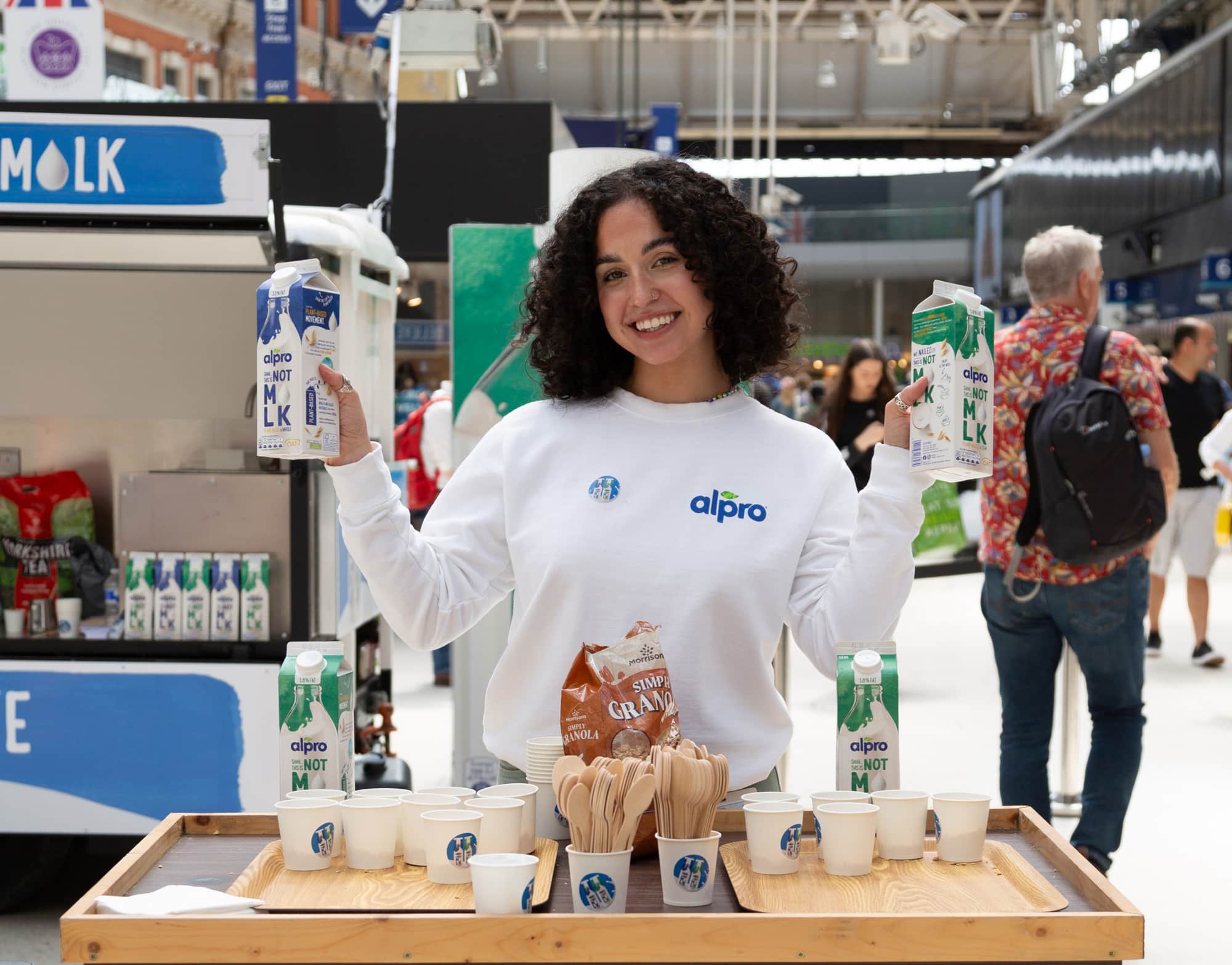
January 2024

Regarding consumer preferences and expectations, being one step ahead is not just a strategy; it’s an art form.
As 2024 kicks off, we’re looking at the biggest changes in consumer preferences and how marketing campaigns can adapt.
For those investing in experiential campaigns, the challenge is not just to keep up, but to lead the way. Let’s explore the dynamic shifts in consumer preferences and how experiential marketing is perfectly poised to exceed the customer’s expectations with experiences that immerse consumers in their world. d.
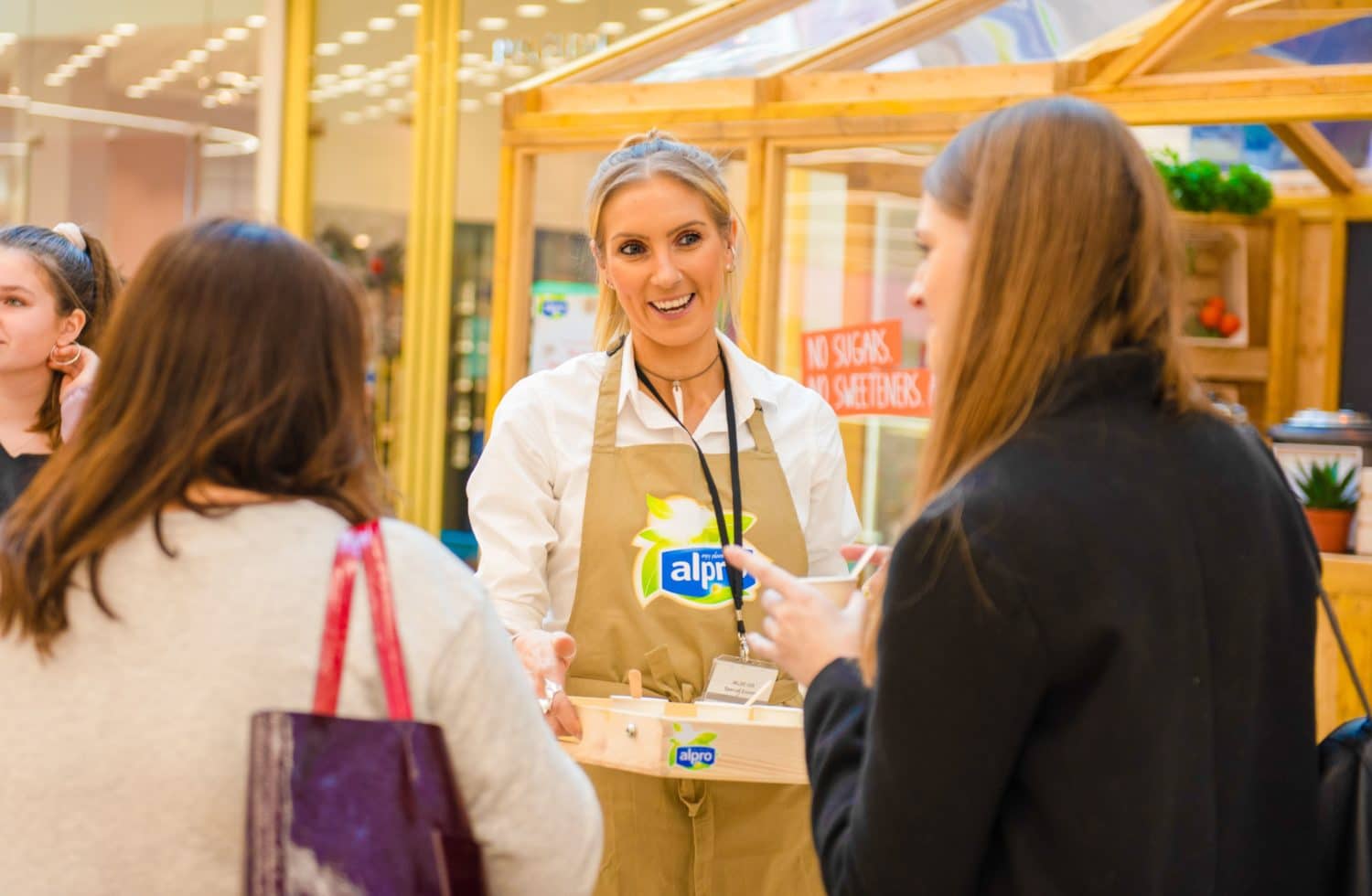

Changes in consumer preferences result in a shift in influencer culture.
Consumers are no longer swayed solely by glossy endorsements; they crave authenticity and genuine connections. We are entering the era of relationships – brands partnering with individuals who embody the ethos and values they stand for. This shift from influencers to authentic advocates mirrors the broader desire for real, relatable experiences.
The latest brand authenticity statistics show that 86% of consumers cite brand authenticity as a key factor when deciding what brand to buy. Consumers see authenticity in brands that actively engage with customers, and show real people. What you say is equally important as who is saying it.
Immersive experiences are no longer just buzzwords but the heartbeat of consumer engagement. Beyond virtual and augmented reality, immersive marketing is about creating real-world experiences that captivate and resonate. Consumers seek more than just products; they crave memorable moments, and experiential marketing is the architect of these moments.

In a move that blurs the lines between shopping and experience, IKEA invited customers to spend the night in one of its London stores. This immersive sleepover allowed customers to test IKEA’s beds and experience the comfort firsthand. The result? A buzz of excitement and a flood of social media shares.
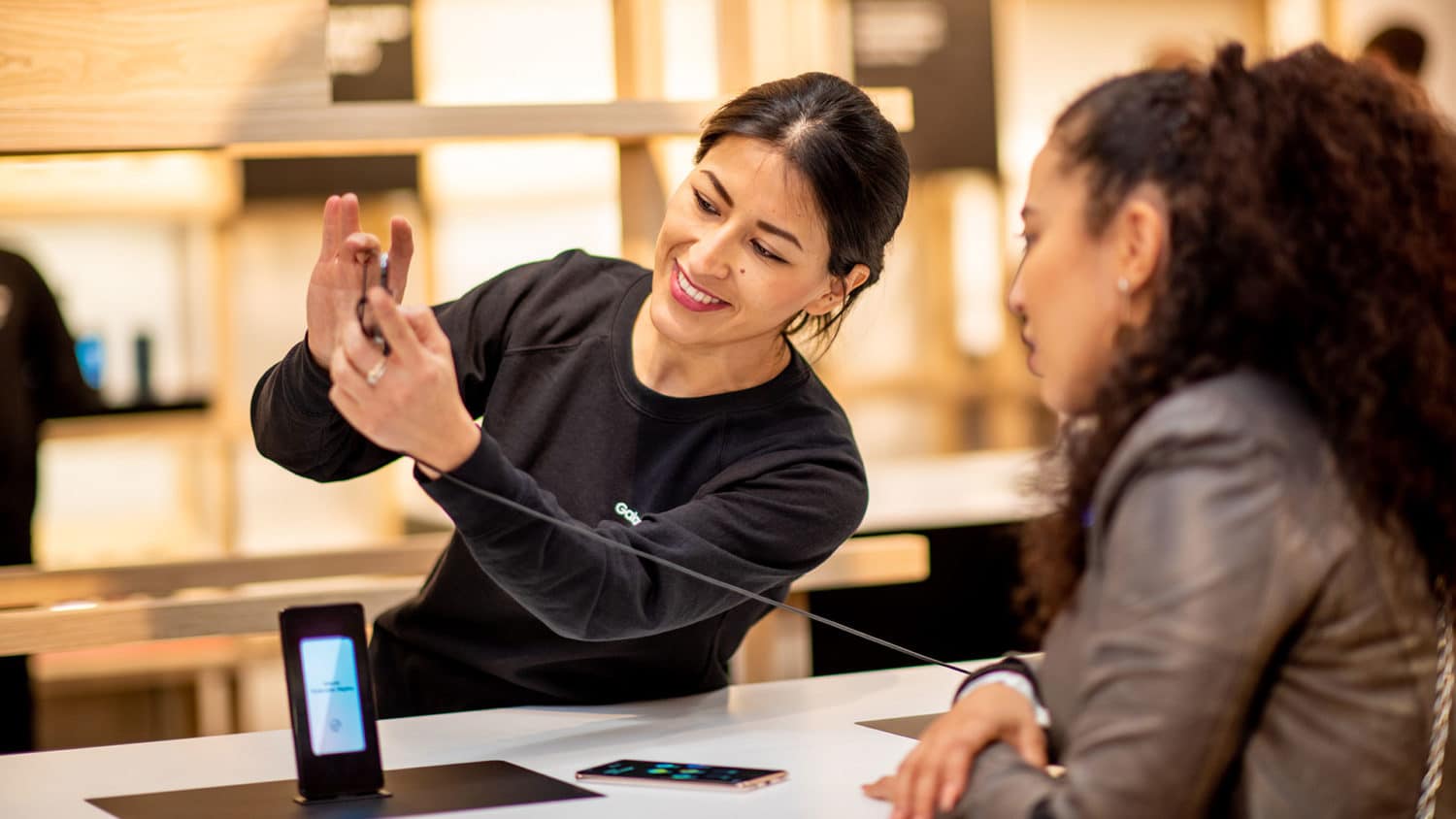
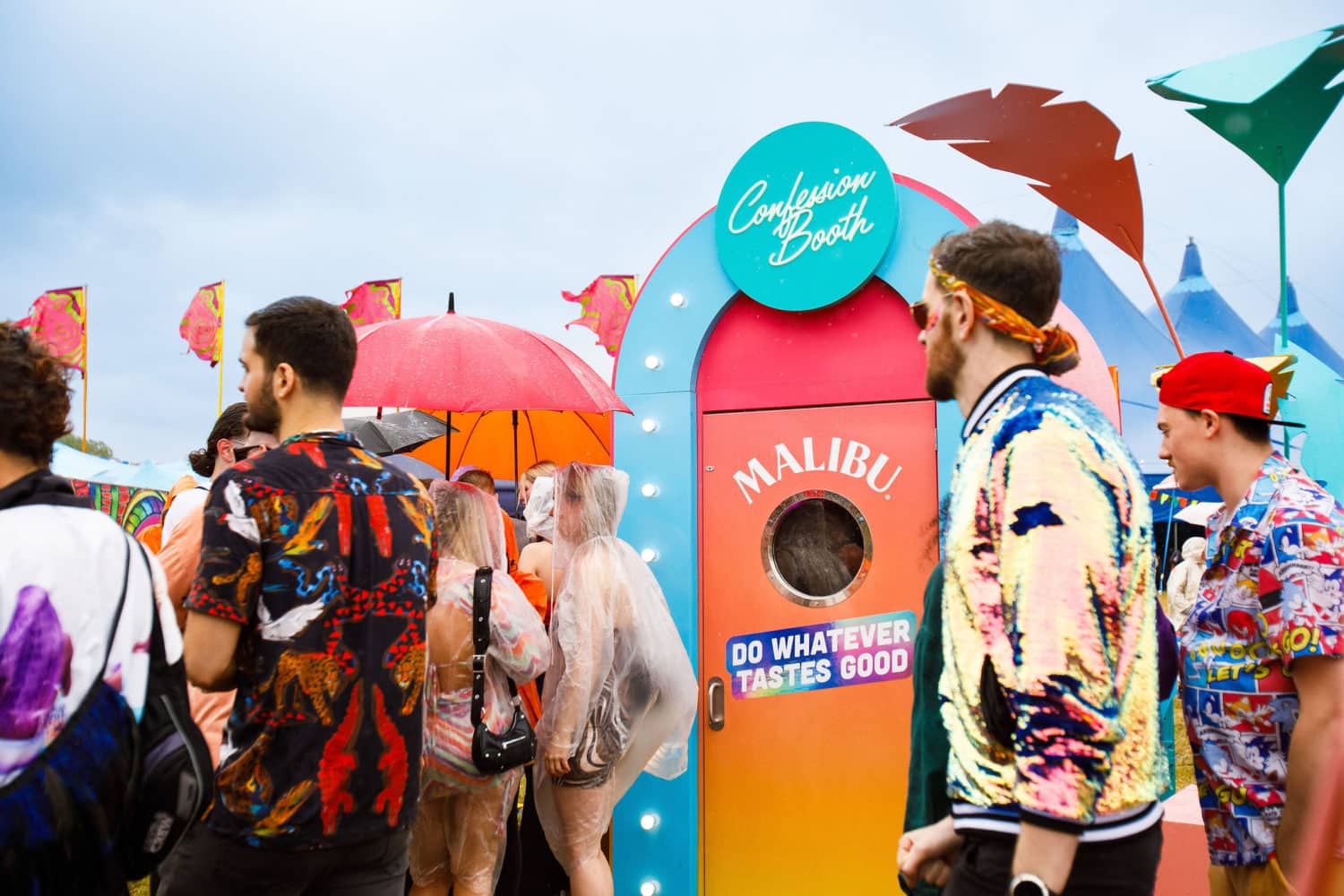
While personalisation remains a powerful force, consumers are becoming more discerning. It’s not just about slapping a name on a product; it’s about understanding individual preferences and crafting bespoke experiences. Experiential marketing, with its adaptability, is uniquely poised to embrace this paradox of personalisation.
In the Malibu Confession Booth, up to four friends had the chance to answer confessional questions, strike a pose for an epic photo, have a mini-disco, and receive a printed keepsake of their unforgettable experience. As a special touch, Purity created a personalised GIF capturing their best moments, ensuring a lasting memento of the experience.
Artificial Intelligence is not just a futuristic concept; it’s a present reality, and consumers are ready for AI-driven experiences. From chatbots to personalised recommendations, AI is seamlessly integrated into consumer interactions. Experiential campaigns that leverage AI can create hyper-personalised and responsive engagements.
AI can also obtain real-time statistical analysis, providing accurate consumer insights. Harvard Business Review states that 69% of companies using AI in their marketing strategies reported improved data analytics and deep customer preference insights. Integrating AI as part of experiential marketing can give you clear results as to the effectiveness of your strategy and your ROI. But remember, AI cannot replace genuine human connections, so use it wisely.
Lays kicked off the 2021 UEFA Champions League with Messi Messages. Football fans worldwide can visit the website and get a personalised message from world-famous player Messi, created with AI.

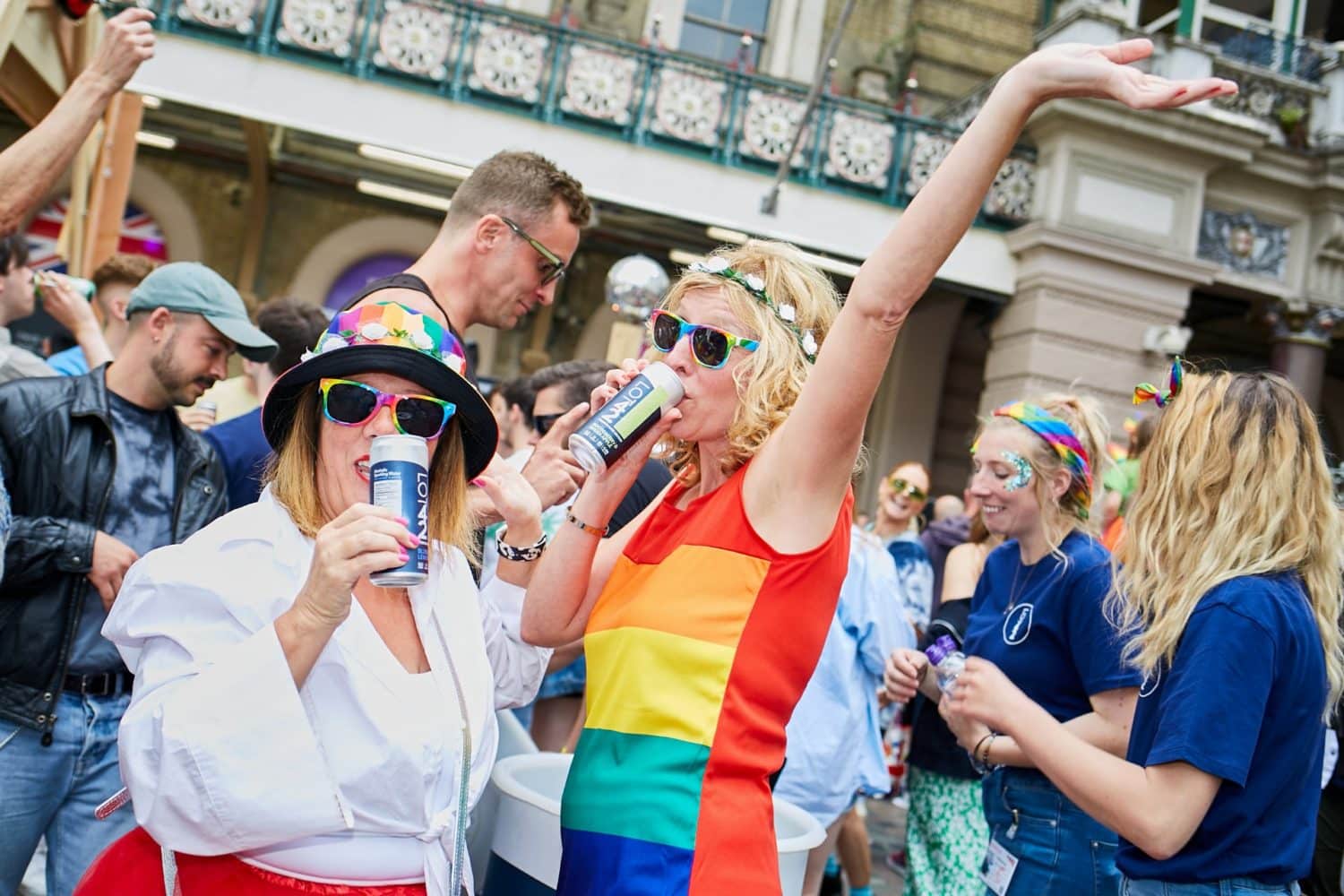
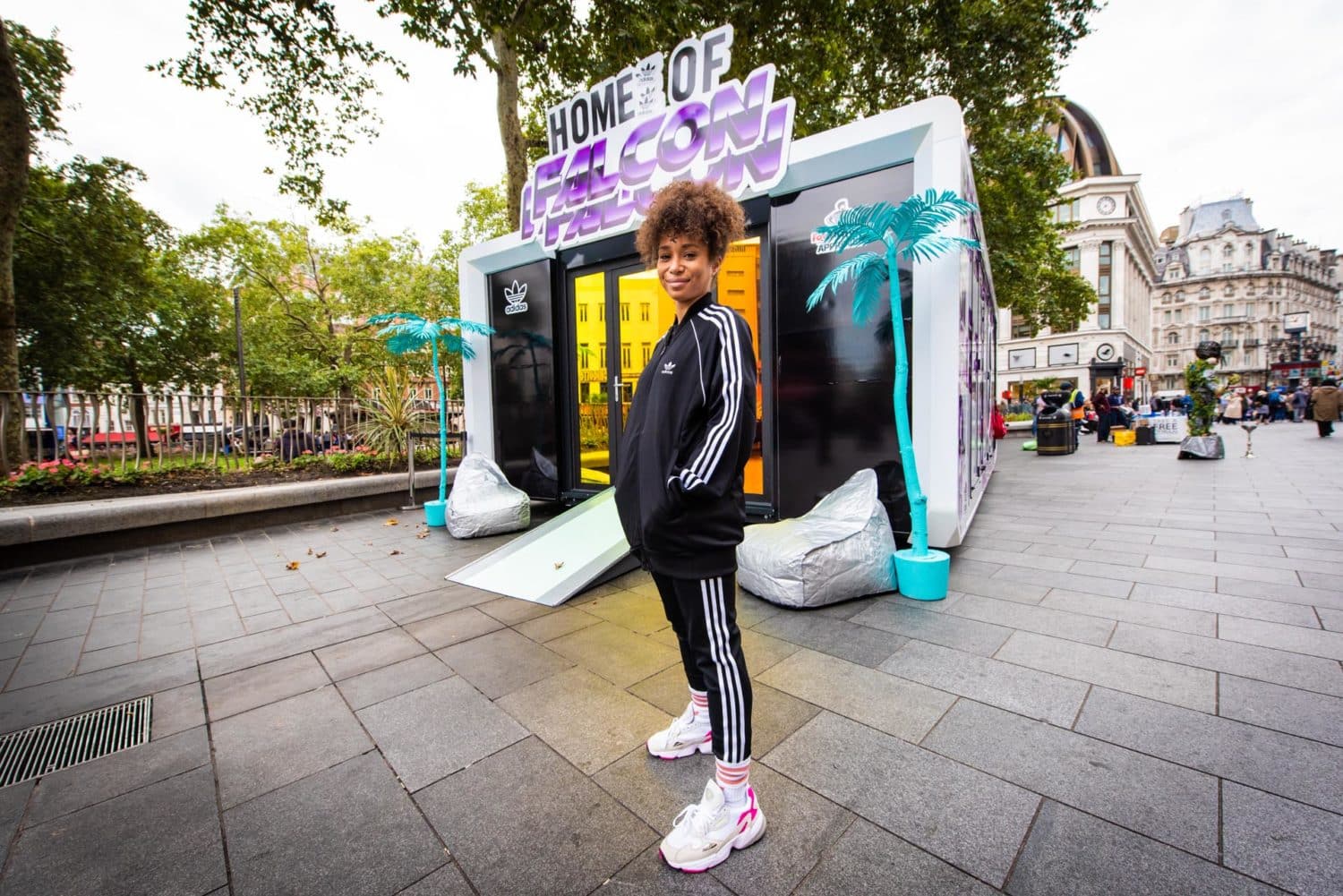
Creativity is not just the icing on the cake; it’s the secret sauce. Fun and playfulness are the keys to unlocking consumer engagement. Experiential marketing, by its very nature, is designed to be creative.
The multi-room experience enabled consumers to engage in a multitude of ways. Stepping into the Home of Falcon, visitors were greeted by a bath filled with balls and the opportunity for one of the Adidas crew to take a branded Polaroid keepsake.
The mirrored infinity room provided perfect selfie opportunities and guests were seen snapping away through the live days. The Falcon Bedroom Rave provided guests with a chance to cut loose and sing like no one was listening and dance like no one was watching. Finally, the games room invited consumers to roll back the years and play classic arcade games.
As consumer preferences undergo shifts, experiential marketing emerges not just as a trend follower but as a trendsetter. With authenticity at its core, immersive experiences as its playground, and adaptability as its superpower, experiential marketing is not just ahead of the curve; it’s charting the course.
After all, in the world of experiential marketing, the best is not just yet to come; it’s happening now.